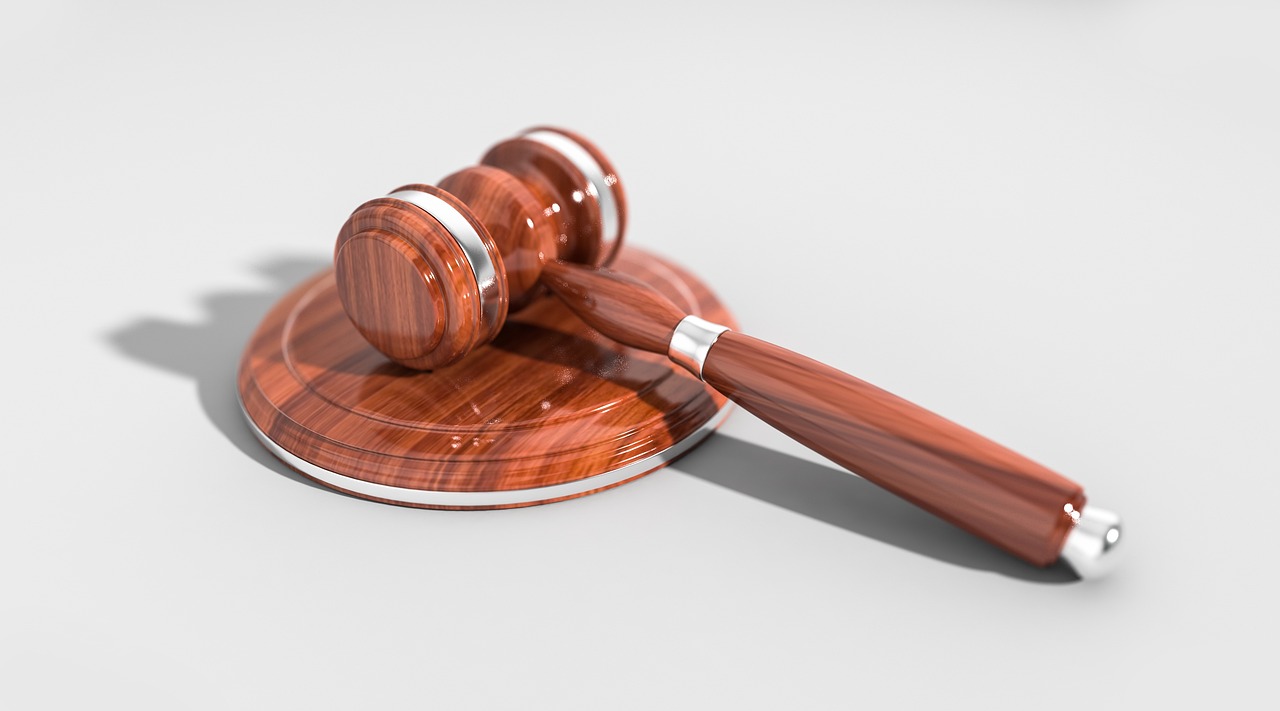Abstract
This in-class activity focuses on a central discussion that helps students apply concepts involving structural inequality, personal responsibility and agency, and the function of the judicial system. This exercise is best suited to a sociology or law & society course. It could also be used in a class concerning structural barriers, power, agency,...
Download this resource to see full details. Download this resource to see full details.
Details
- Subject Area(s):
- Introduction to Sociology/Social Problems, Law and Society
- Resource Type(s):
- Class Activity
- Class Level(s):
- Any Level
- Class Size(s):
- Medium, Small
Usage Notes
The exercise as outlined was completed in two full class sessions (approx 75 minutes discussion each) with a small Law & Society seminar made up of 23 students who ranged in class level and background in the formal study of Sociology. However, this activity could be adapted for use in any class seeking to further explore the relationship between...
Download this resource to see full details. Download this resource to see full details.
Learning Goals and Assessments
Learning Goal(s):
- Students will be able to discuss structural burdens and contexts and contrast them with considerations of agency and personal responsibility.
- Students will be able to identify structural barriers and apply, contrast, and contextualize concepts concerning individual agency and personal responsibility with structural sufficiency, necessity, and inequality, particular in the context of law.
- Students will be able to apply knowledge of legal institutions and/or theoretical concepts underpinning the relationship between law & society.
Goal Assessment(s):
- Students will be able to collaboratively construct a court with procedural norms in class discussion while taking into account power dynamics and vulnerabilities concerning faculty, staff, administration and students, as well as barriers to accessing justice for grievances, within the way the court is structured.
- Students will be able to prepare responses to scenarios related to classroom rule-breaking, absences and excuses in discussion, taking into account the dynamics between structure and individual agency, power dynamics implicit in the creation of institutions, and the construction and application of legal norms.
- Students will be able to inductively address (i.e., building upon previous discussion) increasingly complex fact patterns related to student excuses and absences and other rule-breaking within class discussion.
- Students will be able to reflect on the relationship between the structure of the court and its functioning in terms of principles related to the social construction of law and the relationship between the ‘black letter law’ and the practice of law.
- Students will reflect by writing about the in-class exercise, including further elaboration on agency, personal responsibility and structure, power dynamics within institutions, and the creation of legal norms. Such an exercise may include students creating their own fact patterns and then analyzing them according to the principles and structure of the...
When using resources from TRAILS, please include a clear and legible citation.


